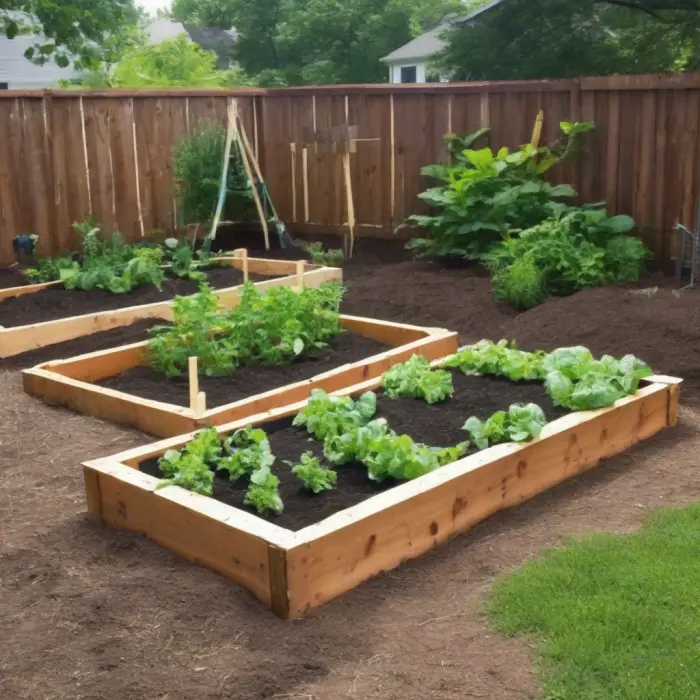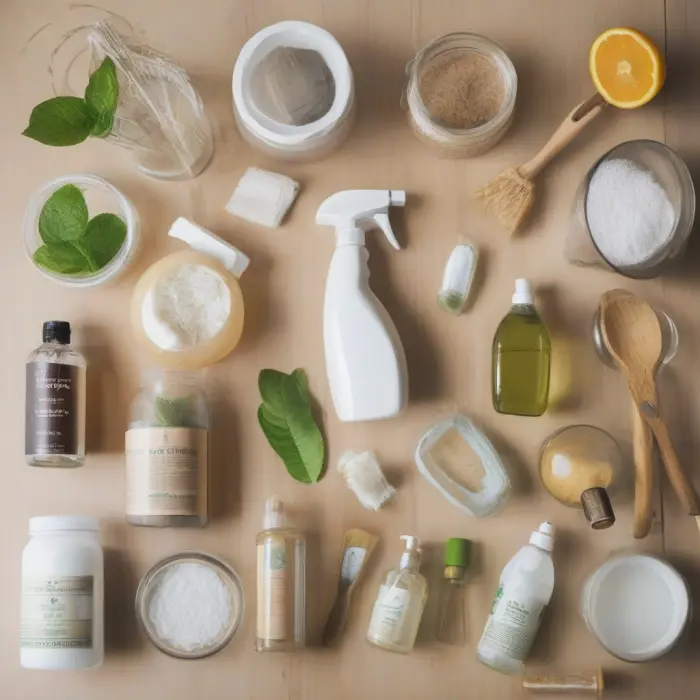How to Build Your Own DIY Vertical Garden
Growing your own vegetables or herbs at home can be particularly satisfying, but not everyone has the room for a traditional garden. Fortunately, vertical gardens provide a practical solution that maximizes your space and enhance the aesthetics of any setting. Today, we will guide you on how to build your own DIY vertical garden.
Step 1: Decide on the Type of Vertical Garden
There are various types of vertical gardens, ranging from pocket and tray gardens to trellis and pallet gardens. Each one has its unique features and preferred plants. For beginners, pallet gardens are a great starting point as they are reasonably straightforward to create and highly affordable.
Step 2: Choose Your Location
Identifying the right location will depend on the type of garden, the plants you plan to grow, and your available space. Ensure the location gets sufficient sunlight and has nearby access to water. If you'll be creating a wall-mounted garden, make sure the wall can handle the weight.
Step 3: Assemble Your Materials
To create a pallet garden, you would need a wooden pallet, landscaping fabric, a staple gun, potting soil, and your chosen plants. You may also need a small hand saw if you have to adjust the size of your pallet.
Step 4: Prepare Your Pallet
Cover the back, bottom, and sides of the pallet with the landscaping fabric and secure it with your staple gun. Bend the fabric around the corners for a more secure fit. The fabric creates a barrier that holds your soil and plants in place but still allows water to drain.
Step 5: Add Soil and Plants
With the pallet lying flat, pour in the soil and plant your chosen plants. It’s best to start from the bottom and work your way up. Ensure the plants are packed in tightly to prevent them from falling out when the pallet is later stood up.
Step 6: Care for Your Garden
Once filled, leave your vertical garden flat for a couple of weeks to allow the plants to root. After that, you can move it to its intended location. Ensure it gets enough water and sunlight, and watch out for any signs of pests or diseases.
Building a DIY vertical garden can be a fun and rewarding project. Apart from adding a touch of green to your space, it's also a practical way to grow your food or herbs right at home.










